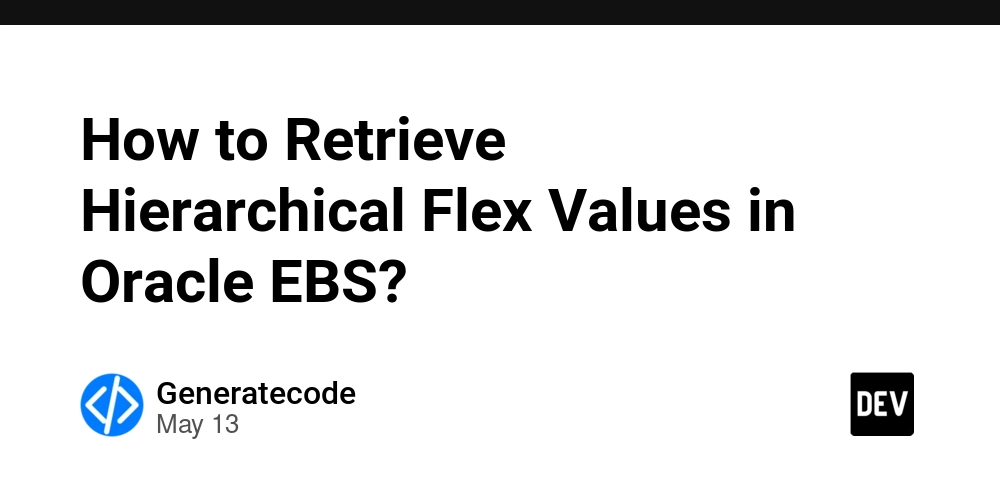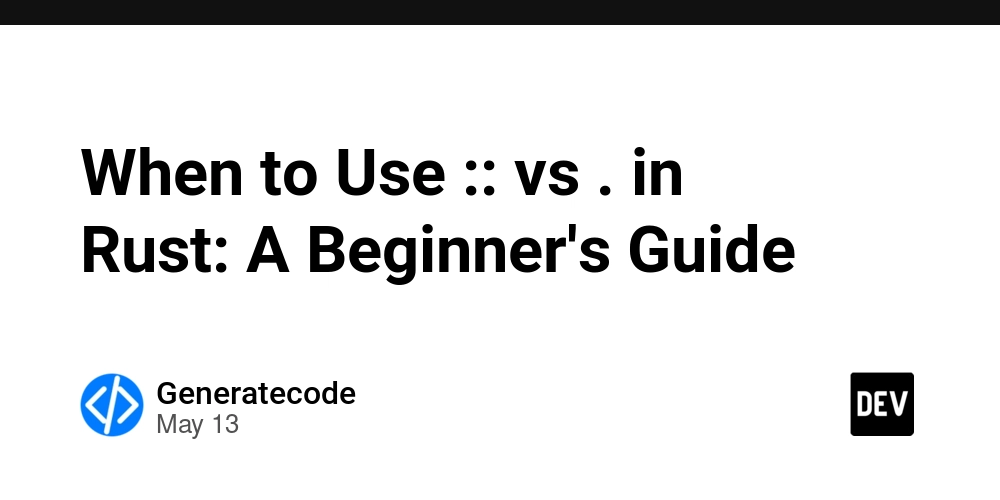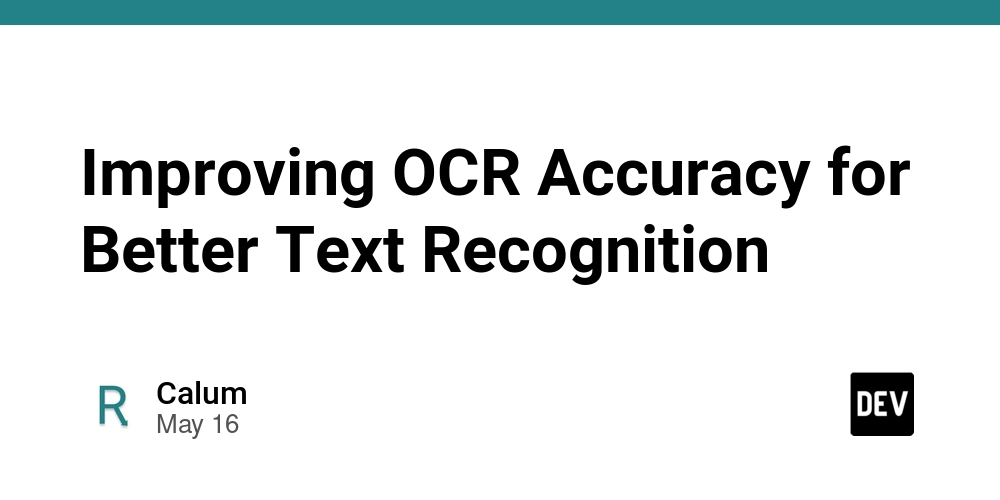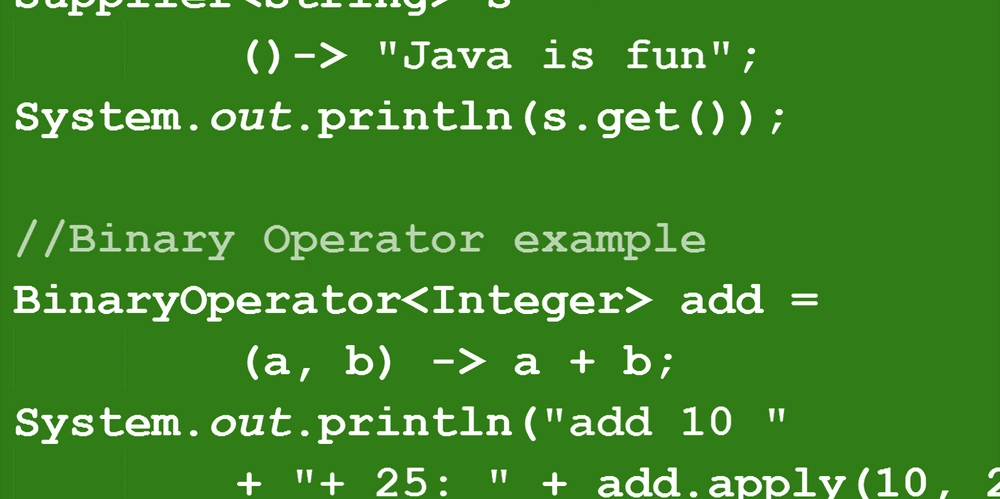How to Retrieve Hierarchical Flex Values in Oracle EBS?
Introduction If you’re new to Oracle and Oracle E-Business Suite (EBS) R12, navigating its data structures can initially seem daunting, especially when it comes to retrieving hierarchical data. In this article, we’ll explore how you can list flexible values from the FND_FLEX_VALUES_VL view in a hierarchical manner. Understanding the relationships between these flexible values is crucial for creating effective reports in Oracle EBS. In particular, we’ll look at how to leverage the FND_FLEX_VALUE_NORM_HIERARCHY table and the FND_FLEX_VALUE_CHILDREN_V view to construct a query that captures the entire hierarchy. Why Using Hierarchical Queries is Important Hierarchical queries allow you to see data in a parent-child relationship, making it easier to understand the structure of complex datasets. In Oracle EBS, having a clear view of how flex values relate to one another can provide significant insights, especially when you're trying to analyze or report on different business processes. Querying Flex Values Hierarchically To achieve a hierarchical representation of the flex values, we can utilize the two tables you've highlighted. Since you want to find all top parents or leaves, let’s create a query that identifies these nodes along with their respective children, regardless of how many parent links a flex value might have. Using the FND_FLEX_VALUE_NORM_HIERARCHY The table FND_FLEX_VALUE_NORM_HIERARCHY can help us retrieve parent-child relationships. Here’s a basic example of a hierarchical SQL query that retrieves flex values along with their hierarchy: SELECT LEVEL, FV.VALUE AS FLEX_VALUE, SYS_CONNECT_BY_PATH(FV.VALUE, '/') AS PATH FROM FND_FLEX_VALUE_NORM_HIERARCHY H JOIN FND_FLEX_VALUES FV ON H.FLEX_VALUE_ID = FV.FLEX_VALUE_ID START WITH H.PARENT_FLEX_VALUE_ID IS NULL CONNECT BY PRIOR H.FLEX_VALUE_ID = H.PARENT_FLEX_VALUE_ID ORDER BY LEVEL, FLEX_VALUE; Explanation of the Query SELECT LEVEL: This returns the depth of the node in the hierarchy. SYS_CONNECT_BY_PATH: This function constructs a path from the root to the current node. START WITH: This condition specifies the root of our hierarchy (where the parent ID is null, meaning these are top-level flex values). CONNECT BY PRIOR: This specifies the relationship between parent and child nodes. ORDER BY: This organizes the output by level and flex value for better readability. Using FND_FLEX_VALUE_CHILDREN_V If you want a simpler approach to retrieve the hierarchy, you could also use FND_FLEX_VALUE_CHILDREN_V, but keep in mind that it may not list top parents. Here's how you could use it: SELECT C.FLEX_VALUE_ID, C.FLEX_VALUE, P.FLEX_VALUE AS PARENT_FLEX_VALUE FROM FND_FLEX_VALUE_CHILDREN_V C LEFT JOIN FND_FLEX_VALUE_CHILDREN_V P ON C.PARENT_FLEX_VALUE_ID = P.FLEX_VALUE_ID ORDER BY P.FLEX_VALUE, C.FLEX_VALUE; Explanation of the Alternative Query LEFT JOIN: This joins the table to itself to facilitate the retrieval of parent-child relationships. ORDER BY: This ensures that the parent values are listed before their children. Frequently Asked Questions Can I modify the queries to include more details? Absolutely! You can add more columns from FND_FLEX_VALUES or the hierarchy table if needed to display additional details about your flex values. What if there are multiple hierarchies? You can modify the WHERE clause to filter hex flex values based on specific criteria unique to the different hierarchies you're interested in. Why might some flex values not appear? Some flex values may not appear due to missing parent-child relationships or if they aren't defined as part of the hierarchy in the relevant tables. Make sure the data is populated accurately. Conclusion In this article, we’ve covered how to manage and query flex values hierarchically in Oracle EBS R12 using SQL. By understanding the relationships between flex values, you can create more meaningful reports and insights that can aid in decision-making across your organization. Feel free to adapt the sample queries provided to better suit your specific reporting needs! Best of luck with your Oracle EBS reporting, and don’t hesitate to dive deeper into SQL to enhance your skills further!

Introduction
If you’re new to Oracle and Oracle E-Business Suite (EBS) R12, navigating its data structures can initially seem daunting, especially when it comes to retrieving hierarchical data. In this article, we’ll explore how you can list flexible values from the FND_FLEX_VALUES_VL view in a hierarchical manner.
Understanding the relationships between these flexible values is crucial for creating effective reports in Oracle EBS. In particular, we’ll look at how to leverage the FND_FLEX_VALUE_NORM_HIERARCHY table and the FND_FLEX_VALUE_CHILDREN_V view to construct a query that captures the entire hierarchy.
Why Using Hierarchical Queries is Important
Hierarchical queries allow you to see data in a parent-child relationship, making it easier to understand the structure of complex datasets. In Oracle EBS, having a clear view of how flex values relate to one another can provide significant insights, especially when you're trying to analyze or report on different business processes.
Querying Flex Values Hierarchically
To achieve a hierarchical representation of the flex values, we can utilize the two tables you've highlighted. Since you want to find all top parents or leaves, let’s create a query that identifies these nodes along with their respective children, regardless of how many parent links a flex value might have.
Using the FND_FLEX_VALUE_NORM_HIERARCHY
The table FND_FLEX_VALUE_NORM_HIERARCHY can help us retrieve parent-child relationships. Here’s a basic example of a hierarchical SQL query that retrieves flex values along with their hierarchy:
SELECT LEVEL, FV.VALUE AS FLEX_VALUE,
SYS_CONNECT_BY_PATH(FV.VALUE, '/') AS PATH
FROM FND_FLEX_VALUE_NORM_HIERARCHY H
JOIN FND_FLEX_VALUES FV ON H.FLEX_VALUE_ID = FV.FLEX_VALUE_ID
START WITH H.PARENT_FLEX_VALUE_ID IS NULL
CONNECT BY PRIOR H.FLEX_VALUE_ID = H.PARENT_FLEX_VALUE_ID
ORDER BY LEVEL, FLEX_VALUE;
Explanation of the Query
- SELECT LEVEL: This returns the depth of the node in the hierarchy.
- SYS_CONNECT_BY_PATH: This function constructs a path from the root to the current node.
- START WITH: This condition specifies the root of our hierarchy (where the parent ID is null, meaning these are top-level flex values).
- CONNECT BY PRIOR: This specifies the relationship between parent and child nodes.
- ORDER BY: This organizes the output by level and flex value for better readability.
Using FND_FLEX_VALUE_CHILDREN_V
If you want a simpler approach to retrieve the hierarchy, you could also use FND_FLEX_VALUE_CHILDREN_V, but keep in mind that it may not list top parents. Here's how you could use it:
SELECT C.FLEX_VALUE_ID, C.FLEX_VALUE, P.FLEX_VALUE AS PARENT_FLEX_VALUE
FROM FND_FLEX_VALUE_CHILDREN_V C
LEFT JOIN FND_FLEX_VALUE_CHILDREN_V P ON C.PARENT_FLEX_VALUE_ID = P.FLEX_VALUE_ID
ORDER BY P.FLEX_VALUE, C.FLEX_VALUE;
Explanation of the Alternative Query
- LEFT JOIN: This joins the table to itself to facilitate the retrieval of parent-child relationships.
- ORDER BY: This ensures that the parent values are listed before their children.
Frequently Asked Questions
Can I modify the queries to include more details?
Absolutely! You can add more columns from FND_FLEX_VALUES or the hierarchy table if needed to display additional details about your flex values.
What if there are multiple hierarchies?
You can modify the WHERE clause to filter hex flex values based on specific criteria unique to the different hierarchies you're interested in.
Why might some flex values not appear?
Some flex values may not appear due to missing parent-child relationships or if they aren't defined as part of the hierarchy in the relevant tables. Make sure the data is populated accurately.
Conclusion
In this article, we’ve covered how to manage and query flex values hierarchically in Oracle EBS R12 using SQL. By understanding the relationships between flex values, you can create more meaningful reports and insights that can aid in decision-making across your organization. Feel free to adapt the sample queries provided to better suit your specific reporting needs!
Best of luck with your Oracle EBS reporting, and don’t hesitate to dive deeper into SQL to enhance your skills further!














































































































































































![[The AI Show Episode 156]: AI Answers - Data Privacy, AI Roadmaps, Regulated Industries, Selling AI to the C-Suite & Change Management](https://www.marketingaiinstitute.com/hubfs/ep%20156%20cover.png)
![[The AI Show Episode 155]: The New Jobs AI Will Create, Amazon CEO: AI Will Cut Jobs, Your Brain on ChatGPT, Possible OpenAI-Microsoft Breakup & Veo 3 IP Issues](https://www.marketingaiinstitute.com/hubfs/ep%20155%20cover.png)












































































































































































































































.jpg?width=1920&height=1920&fit=bounds&quality=70&format=jpg&auto=webp#)

























_Michael_Burrell_Alamy.jpg?width=1280&auto=webp&quality=80&disable=upscale#)

























































































































































































